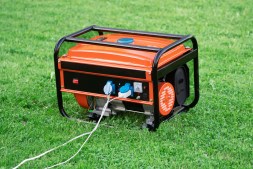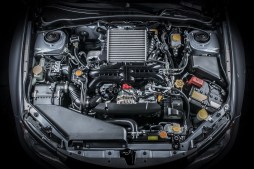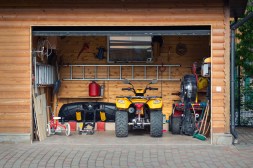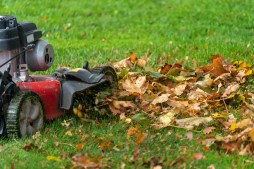Decoding Outdoor Power Equipment Ratings: What You Need to Know
When investing in outdoor power equipment, understanding the ratings and specifications can help you make an informed choice. This guide will take you through the key elements of outdoor power equipment ratings, ensuring you know what to look for when purchasing tools like lawnmowers, chainsaws, and generators.
Understanding Equipment Ratings
Outdoor power equipment ratings provide a standardized way to evaluate the performance and efficiency of various tools. These ratings often include metrics such as horsepower (HP), torque, fuel capacity, weight, and noise levels. Familiarizing yourself with these terms will help you gauge how well the equipment will perform for your specific tasks.

Power Output: HP vs. Watts
One of the most critical aspects of outdoor power equipment is its power output. For gas-powered tools, horsepower (HP) is a common rating that indicates engine strength. For electric tools, watts (W) are used instead. Understanding these measurements helps you select a tool that meets your needs—whether cutting grass or clearing snow—based on the required power for efficient operation.
Noise Levels are Important Too
Noise levels are another vital consideration when selecting outdoor power equipment. Many devices come with a decibel (dB) rating which indicates how loud they operate during use. Being aware of this rating not only helps protect your hearing but also ensures compliance with local noise ordinances during operations in residential areas.
Fuel Efficiency and Capacity
For gas-powered equipment, fuel efficiency can be an important factor in your purchasing decision. Ratings typically indicate how much fuel is consumed per hour at maximum load or under normal operating conditions. Additionally, understanding fuel tank capacity allows you to gauge how long you can operate before needing to refill—a key consideration for larger jobs.
Durability Ratings and Warranty Information
Lastly, it’s essential to consider durability ratings along with warranty information provided by manufacturers. Look for materials used in construction as well as any certifications indicating compliance with industry standards (like ANSI). A robust warranty can also give insights into expected longevity—an extended warranty often reflects manufacturers’ confidence in their products’ durability.
By decoding outdoor power equipment ratings effectively, you’ll be better equipped to choose tools that align perfectly with your needs while ensuring optimal performance and longevity. The next time you’re shopping for outdoor gear or machinery, keep these factors in mind to make a smart investment.
This text was generated using a large language model, and select text has been reviewed and moderated for purposes such as readability.











